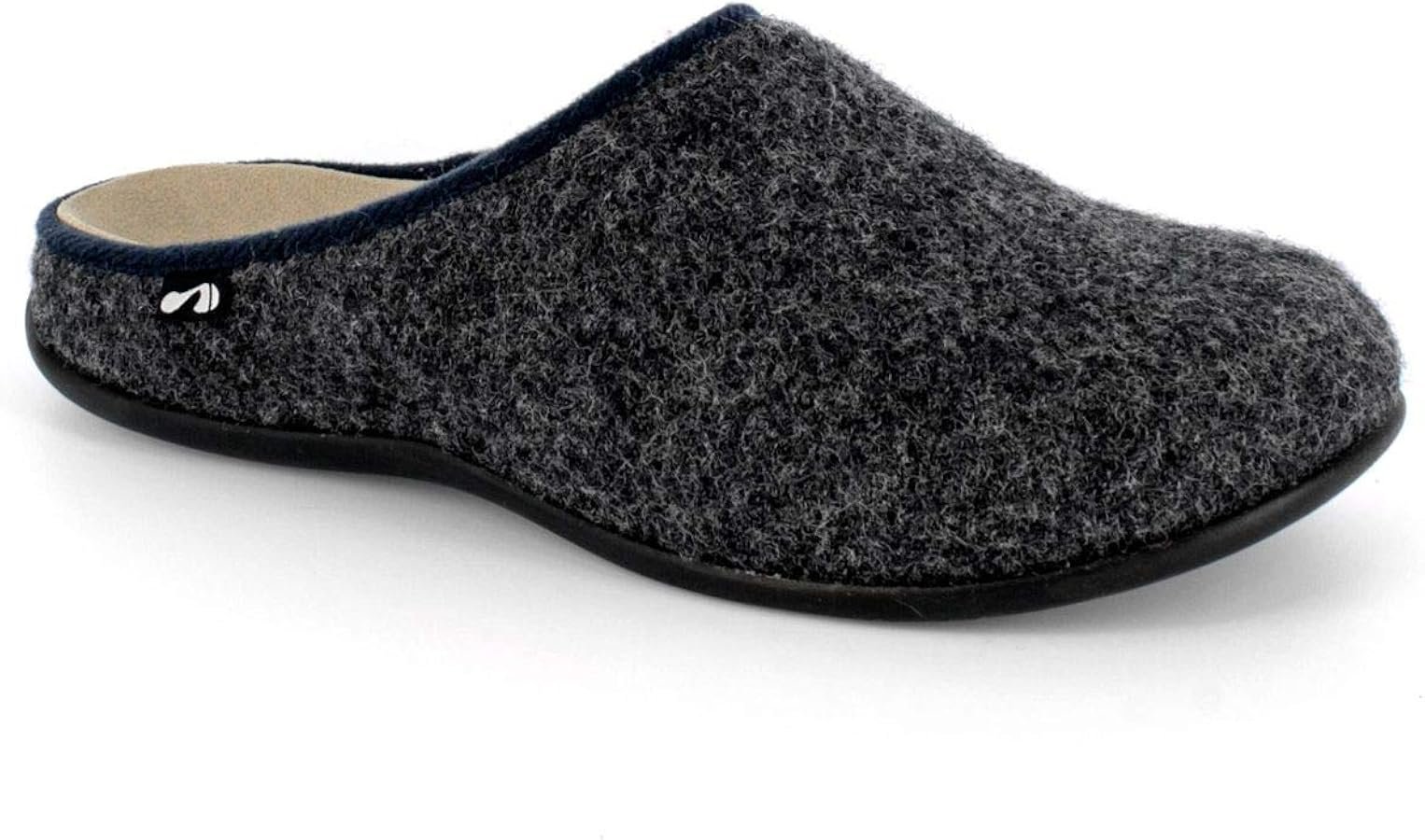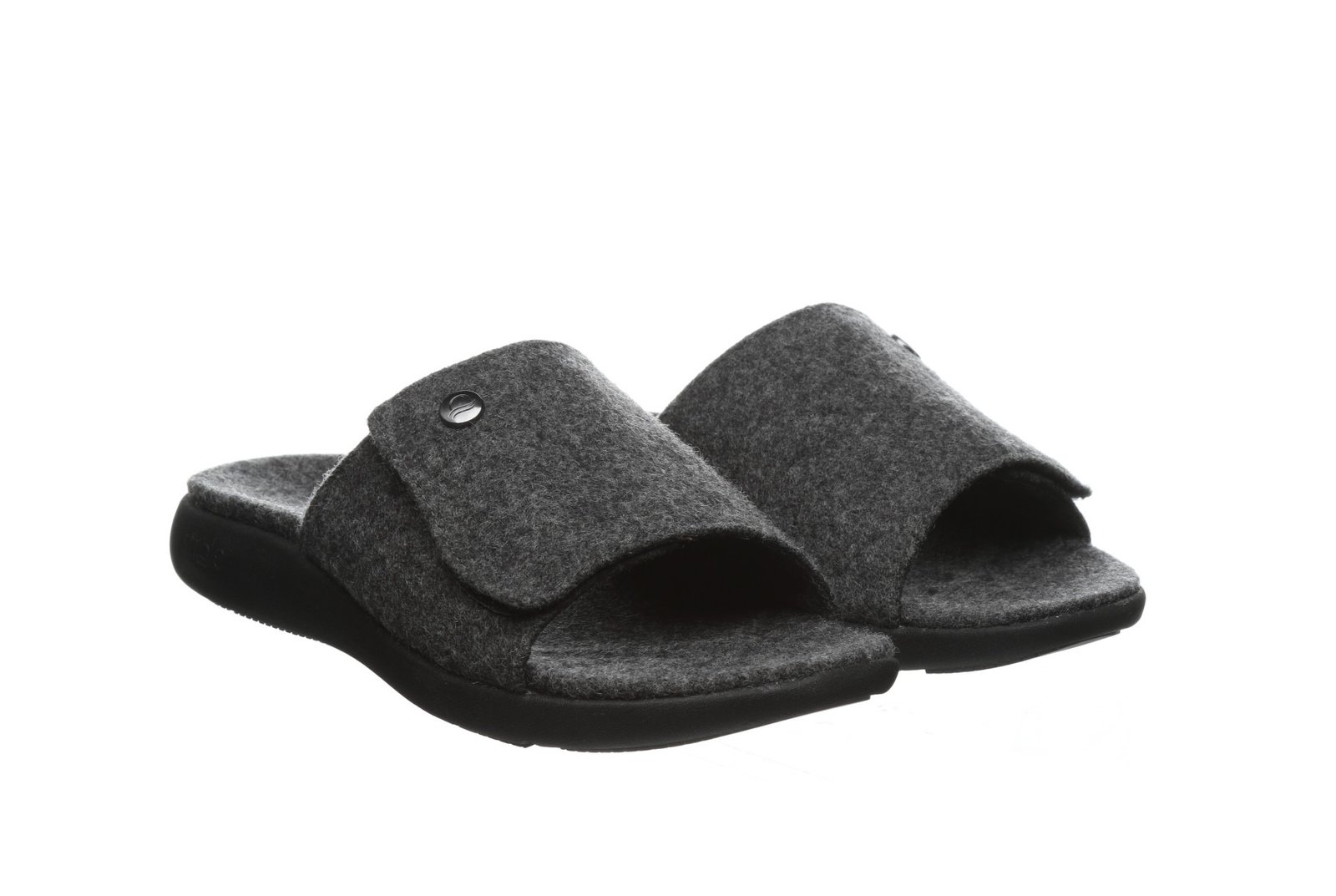Are you dealing with stabbing heel pain every morning? Plantar fasciitis can make each step a painful reminder. Could something as simple as slippers offer relief?
Yes, wearing supportive slippers can help alleviate plantar fasciitis pain. Slippers with good arch support and cushioning can reduce strain on the plantar fascia, especially on hard floors.

But choosing the right slippers is important. Let’s explore how slippers can impact plantar fasciitis, and what features to look for. Keep reading, because finding the right pair could make all the difference!
Can Slippers Really Make a Difference for Plantar Fasciitis?
Does getting out of bed feel like stepping on glass? Plantar fasciitis can make those first steps unbearable. Can wearing slippers actually ease that morning pain?
Slippers provide support and cushioning. This reduces stress on the plantar fascia ligament. Wearing them, especially on hard floors, can minimize pain and promote healing.

Let’s look at how slippers can influence plantar fasciitis in more detail.
| Factor | How Slippers Help |
|---|---|
| Arch Support | Supports the arch of the foot, preventing overpronation and strain on the plantar fascia. |
| Cushioning | Absorbs impact and reduces stress on the heel and arch. |
| Protection | Protects the feet from hard, unforgiving surfaces. |
| Warmth | Keeps the muscles and ligaments in the foot warm and flexible. |
Think about it this way. Walking barefoot on hard floors is like constantly slapping your heel with a hammer. Slippers act as a shield, softening the blow. I remember when I first started experiencing plantar fasciitis, I ignored it, thinking it would just go away. I’d walk around barefoot all the time. It only got worse! Once I started wearing supportive slippers indoors, I noticed a significant reduction in my heel pain. It wasn’t a complete cure, but it definitely made a difference.
What Features Should You Look For in Slippers for Plantar Fasciitis?
Are you ready to find the perfect slippers? Not all slippers are created equal. What features are important when you have plantar fasciitis?
Prioritize arch support, cushioning, and a sturdy sole. Look for slippers recommended by podiatrists or those specifically designed for plantar fasciitis relief.

Here’s a breakdown of the key features to consider:
- Arch Support: This is the most important feature. A contoured footbed that supports the arch helps to distribute weight evenly and reduce strain on the plantar fascia. Look for slippers with built-in orthotic support.
- Cushioning: Adequate cushioning absorbs shock and reduces impact on the heel. Memory foam or gel-infused footbeds can provide excellent cushioning.
- Sturdy Sole: A firm, supportive sole provides stability and prevents the foot from overpronating. Avoid slippers with flimsy or flexible soles.
- Heel Cup: A deep heel cup helps to stabilize the heel and prevent it from rolling inward or outward.
- Adjustability: Some slippers have adjustable straps or closures. This allows you to customize the fit and provide additional support.
I learned the hard way that cheap, flimsy slippers just don’t cut it when you have plantar fasciitis. I bought a pair that looked cute but had zero arch support. My pain actually got worse! Investing in a quality pair of slippers with good support is worth it in the long run.
Are There Any Downsides to Wearing Slippers for Plantar Fasciitis?
Do slippers sound like the perfect solution? While they can provide relief, are there any potential drawbacks? Could slippers actually make things worse?
If slippers lack support or are worn constantly, they can weaken foot muscles. It’s important to choose supportive slippers and incorporate foot exercises.

Let’s consider the potential downsides in more detail.
| Downside | Explanation | Solution |
|---|---|---|
| Muscle Weakness | Over-reliance on slippers can weaken the intrinsic muscles of the foot. | Incorporate regular foot exercises, such as toe curls, calf raises, and plantar fascia stretches, to maintain strength and flexibility. |
| Dependency | Wearing slippers all the time can make the feet overly reliant on external support. | Limit slipper use to when you are indoors on hard surfaces. Go barefoot or wear supportive shoes when appropriate. |
| Overheating/Sweating | Some slippers can cause the feet to overheat and sweat, creating a breeding ground for bacteria. | Choose slippers made from breathable materials, such as cotton or wool. Change socks regularly and allow slippers to air out. |
| Inadequate Support | Not all slippers provide adequate arch support or cushioning. | Do your research and choose slippers specifically designed for plantar fasciitis relief. |
It’s like anything else – moderation is key. Wearing supportive slippers is beneficial, but neglecting foot exercises and relying on them 24/7 can be detrimental. I made the mistake of wearing my slippers all day, every day, when my plantar fasciitis was at its worst. While it felt good in the short term, I realized that my foot muscles were getting weaker. Now, I make sure to do my foot exercises regularly and only wear slippers when I’m walking on hard floors.
Conclusion
Slippers can be a valuable tool for managing plantar fasciitis pain. Choose wisely, prioritize support, and remember to exercise your feet!

